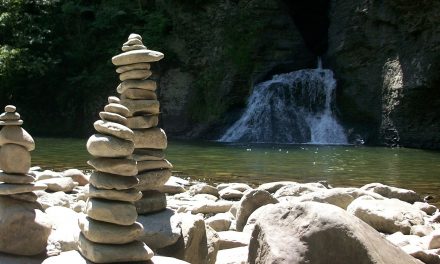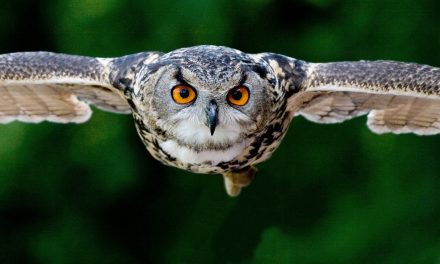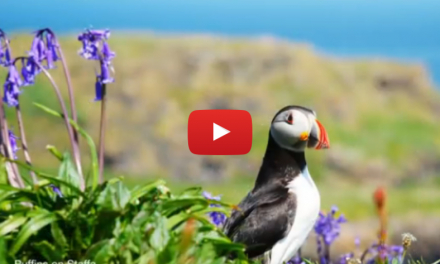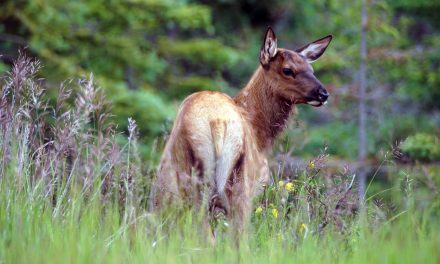
A “cloud” is a large collection of very tiny water droplets (or ice crystals). The droplets are so small and light that they can float in the air.
There’s a classic, late 1950s, Charles M. Schulz Peanuts cartoon about watching the clouds. In it, Charlie Brown, Linus and Lucy are lying on a little hill, looking up at the sky. Lucy says, “If you use your imagination, you can see lots of things in the cloud formations. What do you think you see, Linus?“
Linus responds, “Well, those clouds up there look like the map of the British Honduras on the Caribbean. That cloud up there looks a little like the profile of Thomas Eakins, the famous painter and sculptor. And that group of clouds over there gives me the impression of the stoning of Stephen. I can see the apostle Paul standing there to one side.”

On the left, I see the outline of a man with two legs, two beefy arms and a dark smile across his face.
“Uh huh,” says Lucy. “That’s very good. What do you see in the clouds, Charlie Brown?” Says Charlie, “Well, I was going to say I saw a ducky and a horsie, but I changed my mind!”
When it comes to cloud-watching, I think I’m more like Charlie Brown than Linus. So, last week, when I learned about a new research study that shows that clouds can help us locate the habitats of threated and endangered species, I was reminded of Linus and how those billows and wisps may be depicting a lot more than we “Charlie Browns” of the world would typically think.

The manifesto of the Cloud Appreciation Society states that “we believe that clouds are unjustly maligned” and that “we pledge to fight blue-sky thinking wherever we find it.”
Still, cloud-watching for the sake of cloud-watching does have its impractical and restorative merits. Take a brief, four-and-a-half-minute break and watch the video below, titled Cloud Watching. Inhale deeply, and then imagine you’re lying on your back in the grass and gazing up at the sky on a summer afternoon.
After you’ve viewed the video, tell me about what you saw, whether it was a famous painter, a historical battle—or, simply, duckies.
Here’s to finding your true places and natural habitats,
Candy



































Beautiful poem the clouds compose on the canvas of Blue Sky.
Congrats, congrats, congrats.
Even though they are just a collection of tiny little droplets, clouds represent one of the key features that make life possible in this planet.
Candice, thanks, just watching and listening and not a worry in the world!